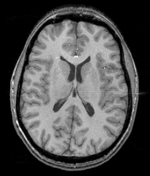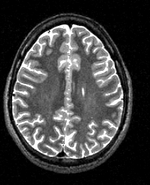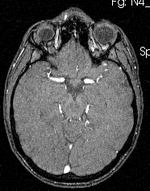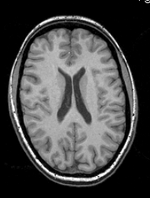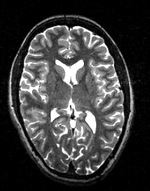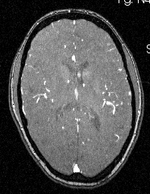Difference between revisions of "Projects:RegistrationLibrary:RegLib C19"
From NAMIC Wiki
| Line 25: | Line 25: | ||
|[[Image:Button_green_moving.jpg|40px|lleft]] moving MRA, subject 2 | |[[Image:Button_green_moving.jpg|40px|lleft]] moving MRA, subject 2 | ||
|- | |- | ||
| − | |1mm isotropic<br> | + | |1mm isotropic<br> 176 x 256 x 176<br>PA |
| − | |1mm isotropic<br> | + | |1mm isotropic<br> 192 x 256 x 128<br>PA |
| − | | | + | |0.51 x 0.51 x 0.8 mm <br> 448 x 448 x 128<br>PA |
| | | | ||
| − | | | + | |1mm isotropic<br> 176 x 256 x 176<br>PA |
| − | | | + | |1mm isotropic<br> 192 x 256 x 128<br>PA |
| − | |0. | + | |0.51 x 0.51 x 0.8 mm <br> 448 x 448 x 128<br>PA |
|} | |} | ||
Revision as of 14:35, 2 July 2010
Home < Projects:RegistrationLibrary:RegLib C19Back to ARRA main page
Back to Registration main page
Back to Registration Use-case Inventory
Slicer Registration Library Exampe #19: Multi-contrast group analysis: intra- and inter-subject registration of multi-contrast MRI
Objective / Background
This is an example of inter-subject registration via surface matching. The structures of interest are a small subset of the entire image, hence registration is not driven by image intensities but rather two model surfaces derived from the labelmaps.
Keywords
multi-stage registration, MRI, brain, head, multi-contrast, inter-subject, group analysis, MRA, T2
Input Data
 reference/fixed : T1w coronal, 1mm isotropic. Called A1_gray
reference/fixed : T1w coronal, 1mm isotropic. Called A1_gray reference/fixed : labelmap , aligned with above. Called A1_label
reference/fixed : labelmap , aligned with above. Called A1_label moving: T1w coronal, 0.9 inplane, 1.5mm coronal slices. Called A0_gray
moving: T1w coronal, 0.9 inplane, 1.5mm coronal slices. Called A0_gray moving: labelmap , aligned with above. Called A0_label
moving: labelmap , aligned with above. Called A0_label
Methods
- Visualize & browse A0 data: determine label range of thalamic nuclei labels in A0_label: 500-526
- Visualize & browse A1 data: determine label range of thalamus lables in A1_label: 10 and 49
- Build label mask of thalamus for A0: Editor module
- Create Labelmap From”: A0_labels
Registration Results
Download
- download entire tutorial package (Original Data, Intermediate Results, Solution, zip file 74 MB)
- download old atlas dataset (MRI+labelmap,thalamic nuclei models, list of labels+names), zip file 5.4 MB)
- download new atlas dataset (MRI T1+T2, labelmap, thalamus model), zip file 126MB)
- download result merged new atlas dataset (MRI T1+T2, new merged labelmaps (2x) incl. thalamic nuclei, colormap file with label names), zip file 126 MB)
- download full step-by-step tutorial (PowerPoint, zip file, 2.5 MB)
- obsolete: download compare set (New Atlas, 2 merged versions (full & clipped), thalamus models, Xform, Merged colormap, zip file, 67 MB)
Link to User Guide: How to Load/Save Registration Parameter Presets
Discussion: Registration Challenges
- Because the structures of interest are a very small subset of the image without distinct grayscale contrast
- the two atlases represent different anatomies and hence some residual misalignment is inevitable
- the two labelmaps have different resolutions and different smoothness of structure outlines. Some need filtering to remove spurious surface details that would distract the registration algorithm
Discussion: Key Strategies
- Because the structures of interest are a very small subset of the image without distinct grayscale contrast, we co-register surfaces rather than intensity volumes
Acknowledgments
- dataset provided by Ron Kikinis, M.D. and Florin Talos, M.D.
